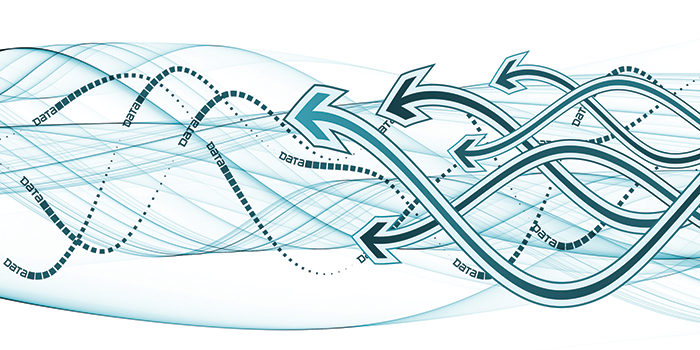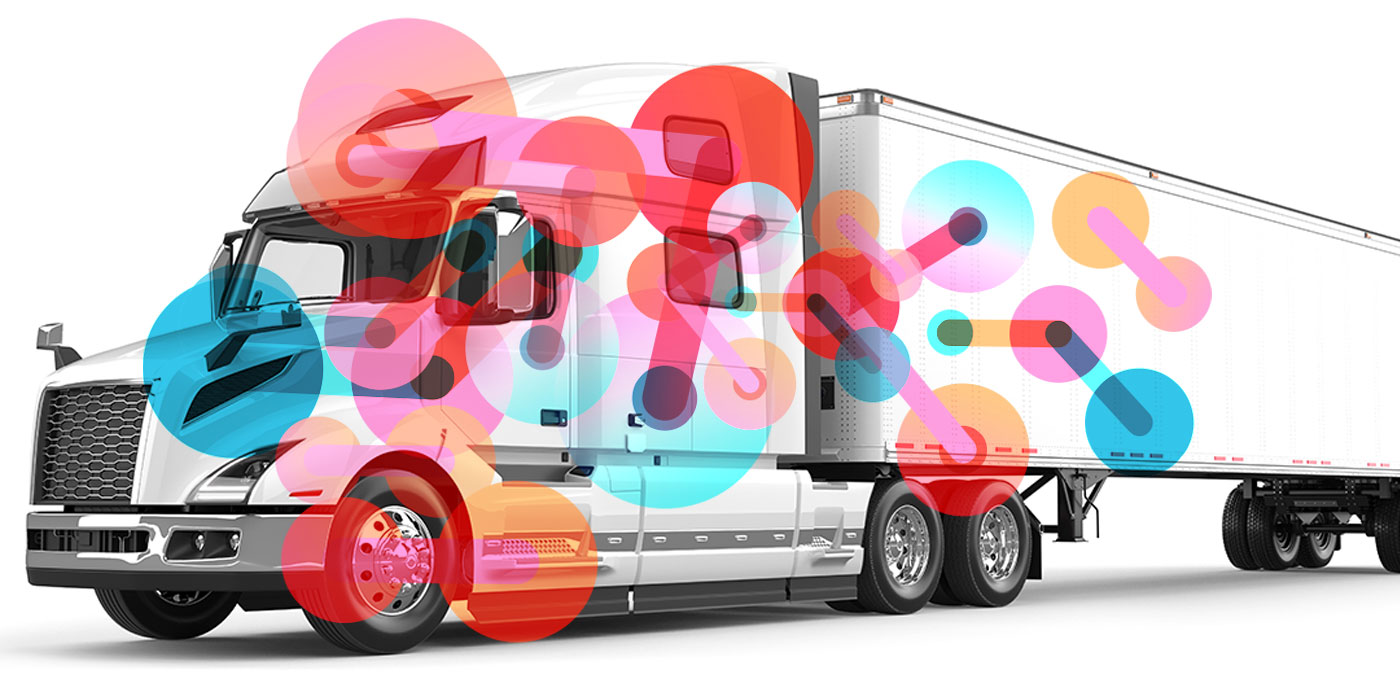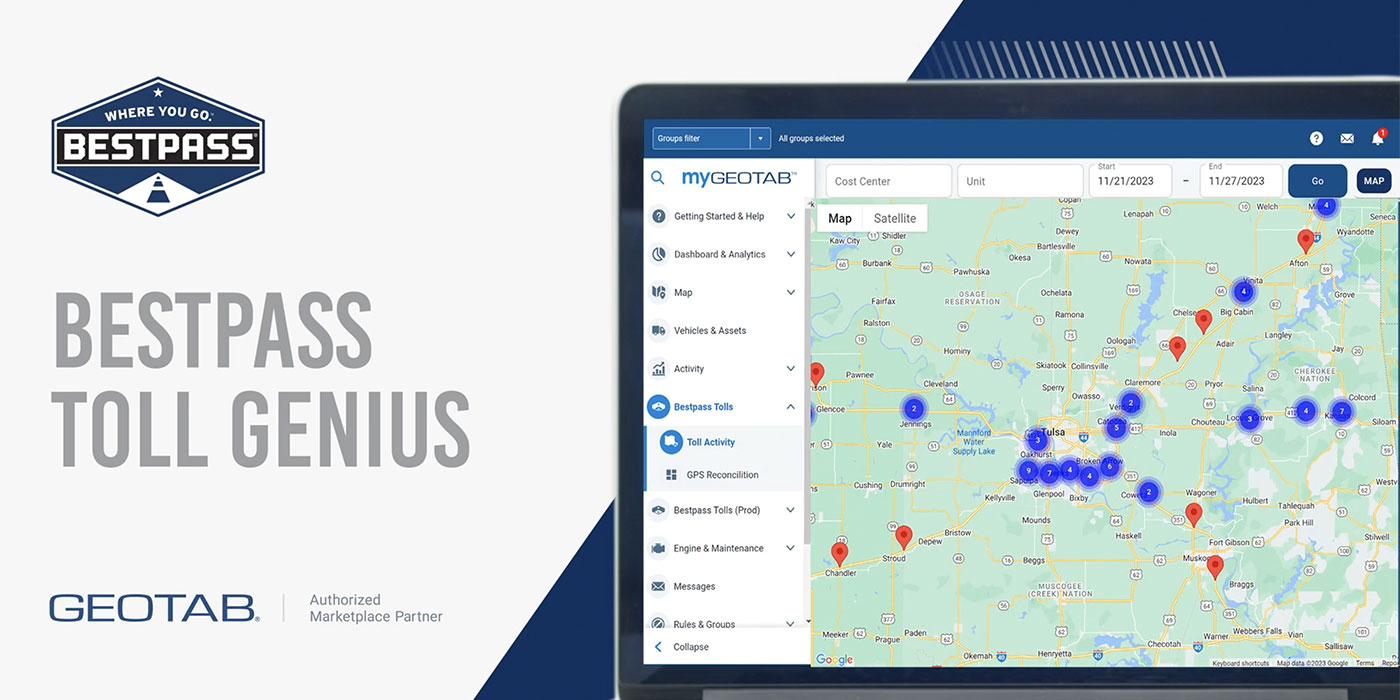Downtime is costly for fleets. An out-of-service vehicle can cost up to $1,000 per day in lost revenue and productivity. Finding a solution to keep vehicles on the road and business going is essential. Telematics is a way to maximize uptime and driver satisfaction—but only if you choose a solution that doesn’t lock you down to limited functions.
How do you know which is the best telematics solution for your fleet? One tip is to choose the solution that is compatible with the technology already in use by drivers, dispatchers and other staff. For example, many drivers use a smartphone or tablet at work and home. The ideal telematics solution can work with mobile devices for tasks such as navigation and hours of service. This eliminates the need to learn a new, proprietary device and makes the implementation process faster and easier. Overall, familiarity with the technology increases driver satisfaction and maximizes productivity by flattening the learning curve.
Another tip is to make sure the telematics solution is open platform, meaning it supports a wide variety of third-party applications instead of just the ones provided by the telematics vendor. The broader the selection, the more likely it is that drivers can keep using apps they already know or switch to better ones.
For example, the Geotab fleet management solution includes access to their Marketplace, which is loaded with mobile apps, hardware accessories, software add-ins, custom reports and solutions from partners such as Fleetio, Verifeye, Cummins and Navistar, which provide mobile workplace productivity, cameras, and remote diagnostics. Businesses can do more with their data by selecting a telematics solution that provides access to an extensive ecosystem of business-focused apps and add-ons.
The ideal telematics solution extends this openness to back-office systems, too, enabling dispatchers, managers and other staff to continue using software they’ve already mastered. Openness also eliminates the expense and hassle of replacing systems that have years of life left with new ones simply because they’re the only ones compatible with the telematics solution.
When comparing different telematics providers, fleet owners can assess openness by looking at how they support third-party developers. Check the telematics provider’s website for developer tools such as a software development kit (SDKs) and application programing interfaces (APIs). For example, the Geotab DEV Channel describes the APIs and SDKs that developers can use to create apps, add-ins and add-ons for MyGeotab.
Fleet owners can use these third-party tools for tasks such as identifying which drivers had the most speed-limit exceptions over the past week or month. More tools mean more opportunities for fleet owners to maximize safety, productivity and fuel efficiency. For example, some are now using them for “gamification,” in which drivers can see how they compare to their colleagues in aspects such as accident-or ticket-free miles, with awards to further incentivize those behaviors.
Look for flexibility and reliability
Some fleet owners use an SDK and APIs to create their own tools in order to meet unique business requirements that third-party developers don’t yet cater to. For example, integration of telematics and transportation management systems and other back office systems is popular.
The installation process for a telematics solution can not be overlooked. Many solutions have modules that take two to three hours to install in each vehicle—a significant cost in both labor and downtime. Some also require extensive, expensive prewiring by the vehicle manufacturer. By comparison, Geotab’s GO7 module simply plugs into the OBDII port, or into an adapter for vehicles that predate the 1996 OBDII mandate.
The reliability of the telematics platform is equally important. Ask questions about the integrity of the technology. Fast GPS acquisition time and high-quality data recording will ensure you get the info you need, when you need it. Accuracy is also critical. The quality of the decisions you make are only as good as the information you receive. Accurate data means better decision-making and more effective results. Also look for a telematics solution that can provide the quantity and variety of data, including GPS and speed, but also seat belt use, odometer, fuel consumption, idling, and engine faults. The Geotab telematics device has a built-in accelerometer to determine orientation and detect acceleration events, which is necessary for identifying dangerous driving. As the saying goes, “you can only manage what you measure.”
This article was contributed by Stephanie Voelker, vice president of channel sales for North America with Geotab Inc.













